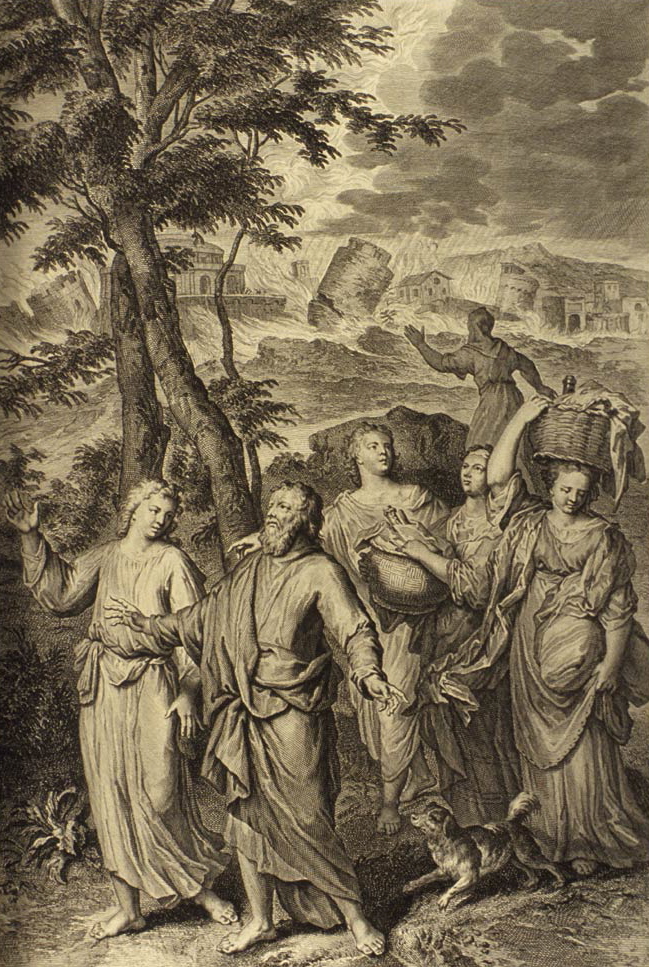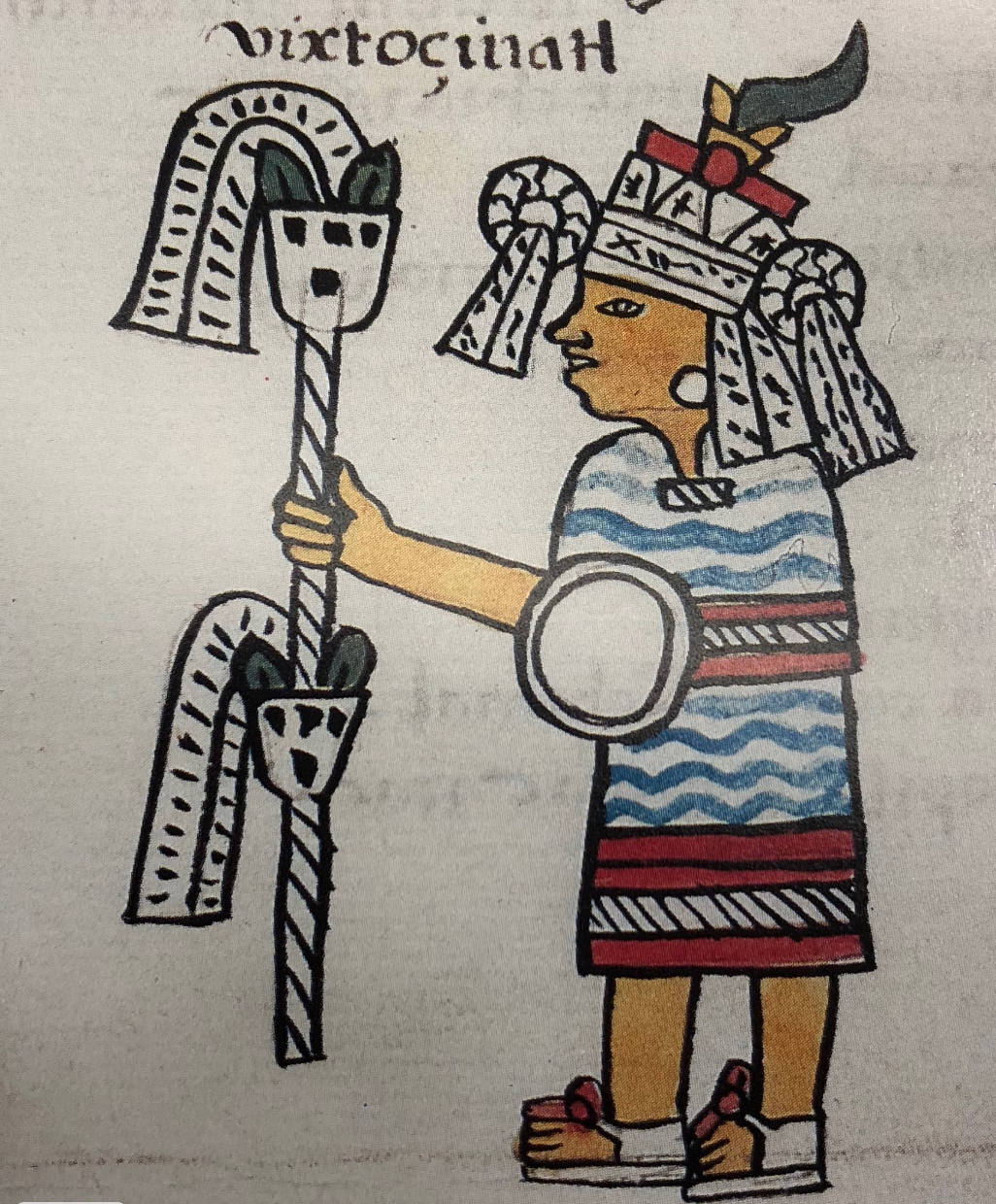|
Spilling Salt
A superstition in Western cultures holds that spilling salt is an evil omen. However, salt has had a variety of meanings in religions around the world. History The European belief in the ill luck that comes from spilt salt is quite old, going back to ancient Rome. The 1556 ''Hieroglyphica'' of Piero Valeriano Bolzani reports that "(s)alt was formerly a symbol of friendship, because of its lasting quality. For it makes substances more compact and preserves them for a long time: hence it was usually presented to guests before other food, to signify the abiding strength of friendship. Wherefore many consider it ominous to spill salt on the table, and, on the other hand, propitious to spill wine, especially if unmixed with water." This may not be the actual explanation since salt was a valuable commodity in ancient times and, as such, was seen as a symbol of trust and friendship. A German proverb held that "whoever spills salt arouses enmity". According to Charles Nodier, among " ... [...More Info...] [...Related Items...] OR: [Wikipedia] [Google] [Baidu] |
Semitic People
Semites, Semitic peoples or Semitic cultures is an obsolete term for an ethnic, cultural or racial group.On the use of the terms “(anti-)Semitic” and “(anti-) Zionist” in modern Middle Eastern discourse, Orientalia Suecana LXI Suppl. (2012) b Lutz Eberhard Edzard "In linguistics context, the term "Semitic" is generally speaking non-controversial... As an ethnic term, "Semitic" should best be avoided these days, in spite of ongoing genetic research (which also is supported by the Israeli scholarly community itself) that tries to scientifically underpin su ... [...More Info...] [...Related Items...] OR: [Wikipedia] [Google] [Baidu] |
Lot's Wife
In the Bible, Lot's wife is a figure first mentioned in . The Book of Genesis describes how she became a pillar of salt after she looked back at Sodom. She is not named in the Bible but is called "Ado" or "Edith" in some Jewish traditions. She is also referred to in the deuterocanonical books at the Book of Wisdom () and the New Testament at Luke 17:32. Islamic accounts also talk about the wife of Prophet Lut (Lot) when mentioning 'People of Lut'. Genesis narrative The story of Lot's wife begins in after two angels arrived in Sodom at eventide and were invited to spend the night at Lot's home. The men of Sodom were exceedingly wicked and prompted Lot to offer up these men/angels; instead, Lot offered up his two daughters but they were refused. As dawn was breaking, Lot's visiting angels urged him to get his family and flee, so as to avoid being caught in the impending disaster for the iniquity of the city. The command was given, "Flee for your life! Do not look behind yo ... [...More Info...] [...Related Items...] OR: [Wikipedia] [Google] [Baidu] |
Salt In The Bible
The role of salt in the Bible is relevant to understanding Hebrew society during the Old Testament and New Testament periods. Salt is a necessity of life and was a mineral that was used since ancient times in many cultures as a seasoning, a preservative, a disinfectant, a component of ceremonial offerings, and as a unit of exchange. The Bible contains numerous references to salt. In various contexts, it is used metaphorically to signify permanence, loyalty, durability, fidelity, usefulness, value, and purification. Salt sources in Ancient Israel The main source of salt in the region was the area of the Dead Sea, especially the massive salt cliffs of Jebel Usdum, about long. The face of the ridge is constantly changing as weather interacts with the rock salt. highlights the importance of the Dead Sea's salt. The Hebrew people harvested salt by pouring sea water into pits and letting the water evaporate until only salt was left. They used the mineral for seasoning and as a pres ... [...More Info...] [...Related Items...] OR: [Wikipedia] [Google] [Baidu] |
Hebrew Bible
The Hebrew Bible or Tanakh (;"Tanach" ''Random House Webster's Unabridged Dictionary''. Hebrew: ''Tānāḵh''), also known in Hebrew as Miqra (; Hebrew: ''Mīqrā''), is the Biblical canon, canonical collection of Hebrew language, Hebrew scriptures, including the Torah, the Nevi'im, and the Ketuvim. Different branches of Judaism and Samaritanism have maintained different versions of the canon, including the 3rd-century Septuagint text used by Second-Temple Judaism, the Syriac language Peshitta, the Samaritan Torah, the Dead Sea Scrolls, and most recently the 10th century medieval Masoretic Text, Masoretic text created by the Masoretes currently used in modern Rabbinic Judaism. The terms "Hebrew Bible" or "Hebrew Canon" are frequently confused with the Masoretic text, however, this is a medieval version and one of several ... [...More Info...] [...Related Items...] OR: [Wikipedia] [Google] [Baidu] |
Ritual Purification
Ritual purification is the ritual prescribed by a religion by which a person is considered to be free of ''uncleanliness'', especially prior to the worship of a deity, and ritual purity is a state of ritual cleanliness. Ritual purification may also apply to objects and places. Ritual uncleanliness is not identical with ordinary physical impurity, such as dirt stains; nevertheless, body fluids are generally considered ritually unclean. Most of these rituals existed long before the germ theory of disease, and figure prominently from the earliest known religious systems of the Ancient Near East. Some writers connect the rituals to taboos. Some have seen benefits of these practices as a point of health and preventing infections especially in areas where humans come in close contact with each other. While these practices came before the idea of the germ theory was public in areas that use daily cleaning, the destruction of infectious agents seems to be dramatic. Others have descri ... [...More Info...] [...Related Items...] OR: [Wikipedia] [Google] [Baidu] |
Shinto
Shinto () is a religion from Japan. Classified as an East Asian religion by scholars of religion, its practitioners often regard it as Japan's indigenous religion and as a nature religion. Scholars sometimes call its practitioners ''Shintoists'', although adherents rarely use that term themselves. There is no central authority in control of Shinto, with much diversity of belief and practice evident among practitioners. A polytheistic and animistic religion, Shinto revolves around supernatural entities called the . The are believed to inhabit all things, including forces of nature and prominent landscape locations. The are worshiped at household shrines, family shrines, and ''jinja'' public shrines. The latter are staffed by priests, known as , who oversee offerings of food and drink to the specific enshrined at that location. This is done to cultivate harmony between humans and and to solicit the latter's blessing. Other common rituals include the dances, rites of pass ... [...More Info...] [...Related Items...] OR: [Wikipedia] [Google] [Baidu] |
Funeral
A funeral is a ceremony connected with the final disposition of a corpse, such as a burial or cremation, with the attendant observances. Funerary customs comprise the complex of beliefs and practices used by a culture to remember and respect the dead, from interment, to various monuments, prayers, and rituals undertaken in their honor. Customs vary between cultures and religious groups. Funerals have both normative and legal components. Common secular motivations for funerals include mourning the deceased, celebrating their life, and offering support and sympathy to the bereaved; additionally, funerals may have religious aspects that are intended to help the soul of the deceased reach the afterlife, resurrection or reincarnation. The funeral usually includes a ritual through which the corpse receives a final disposition. Depending on culture and religion, these can involve either the destruction of the body (for example, by cremation or sky burial) or its preservation (for examp ... [...More Info...] [...Related Items...] OR: [Wikipedia] [Google] [Baidu] |
Mahayana Buddhism
''Mahāyāna'' (; "Great Vehicle") is a term for a broad group of Buddhist traditions, texts, philosophies, and practices. Mahāyāna Buddhism developed in India (c. 1st century BCE onwards) and is considered one of the three main existing branches of Buddhism (the other being ''Theravāda'' and Vajrayana).Harvey (2013), p. 189. Mahāyāna accepts the main scriptures and teachings of early Buddhism but also recognizes various doctrines and texts that are not accepted by Theravada Buddhism as original. These include the Mahāyāna Sūtras and their emphasis on the ''bodhisattva'' path and ''Prajñāpāramitā''. ''Vajrayāna'' or Mantra traditions are a subset of Mahāyāna, which make use of numerous tantric methods considered to be faster and more powerful at achieving Buddhahood by Vajrayānists. "Mahāyāna" also refers to the path of the bodhisattva striving to become a fully awakened Buddha (''samyaksaṃbuddha'') for the benefit of all sentient beings, and is thus als ... [...More Info...] [...Related Items...] OR: [Wikipedia] [Google] [Baidu] |
Jainism
Jainism ( ), also known as Jain Dharma, is an Indian religions, Indian religion. Jainism traces its spiritual ideas and history through the succession of twenty-four tirthankaras (supreme preachers of ''Dharma''), with the first in the current time cycle being Rishabhadeva, whom the tradition holds to have lived millions of years ago, the twenty-third ''tirthankara'' Parshvanatha, whom historians date to the 9th century BCE, and the twenty-fourth ''tirthankara'' Mahāvīra, Mahavira, around 600 BCE. Jainism is considered to be an eternal ''dharma'' with the ''tirthankaras'' guiding every time cycle of the Jain cosmology, cosmology. The three main pillars of Jainism are ''Ahimsa in Jainism, ahiṃsā'' (non-violence), ''anekāntavāda'' (non-absolutism), and ''aparigraha'' (asceticism). Jain monks, after positioning themselves in the sublime state of soul consciousness, take five main vows: ''ahiṃsā'' (non-violence), ''satya'' (truth), ''Achourya, asteya'' (not stealing), ''b ... [...More Info...] [...Related Items...] OR: [Wikipedia] [Google] [Baidu] |
Hinduism
Hinduism () is an Indian religion or '' dharma'', a religious and universal order or way of life by which followers abide. As a religion, it is the world's third-largest, with over 1.2–1.35 billion followers, or 15–16% of the global population, known as Hindus. The word ''Hindu'' is an exonym, and while Hinduism has been called the oldest religion in the world, many practitioners refer to their religion as '' Sanātana Dharma'' ( sa, सनातन धर्म, lit='the Eternal Dharma'), a modern usage, which refers to the idea that its origins lie beyond human history, as revealed in the Hindu texts. Another endonym is ''Vaidika dharma'', the dharma related to the Vedas. Hinduism is a diverse system of thought marked by a range of philosophies and shared concepts, rituals, cosmological systems, pilgrimage sites, and shared textual sources that discuss theology, metaphysics, mythology, Vedic yajna, yoga, agamic rituals, and temple building, among other to ... [...More Info...] [...Related Items...] OR: [Wikipedia] [Google] [Baidu] |
Huixtocihuatl
In Aztec religion, Huixtocihuatl (or Uixtochihuatl, Uixtociuatl) was a fertility goddess who presided over salt and sea water, salt water. The Aztecs considered her to be the older sister of the rain gods, including Tlaloc. Much of the information known about Huixtocihuatl and how the Aztecs celebrated her comes from Bernardino de Sahagún, Bernardino de Sahagún's manuscripts. His Florentine Codex explains how Huixtocihuatl became the salt god. It records that Huixtocihuatl angered her younger brothers by mocking them, so they banished her to the salt beds. It was there where she discovered salt and how it was created. As described in the second book of the Florentine Codex, during Tecuilhuitontli, the seventh month of the Aztec calendar, there was a festival in honor of Huixtocihuatl. The festival culminated with the sacrifice of Huixtocihuatl's ixiptla, the embodiment of the deity in human form. Associations Huixtocihuatl was considered a provider god along with Chicomecōātl, ... [...More Info...] [...Related Items...] OR: [Wikipedia] [Google] [Baidu] |




._watercolor_on_paper._31.5_×_41.5cm._1939.jpg)




